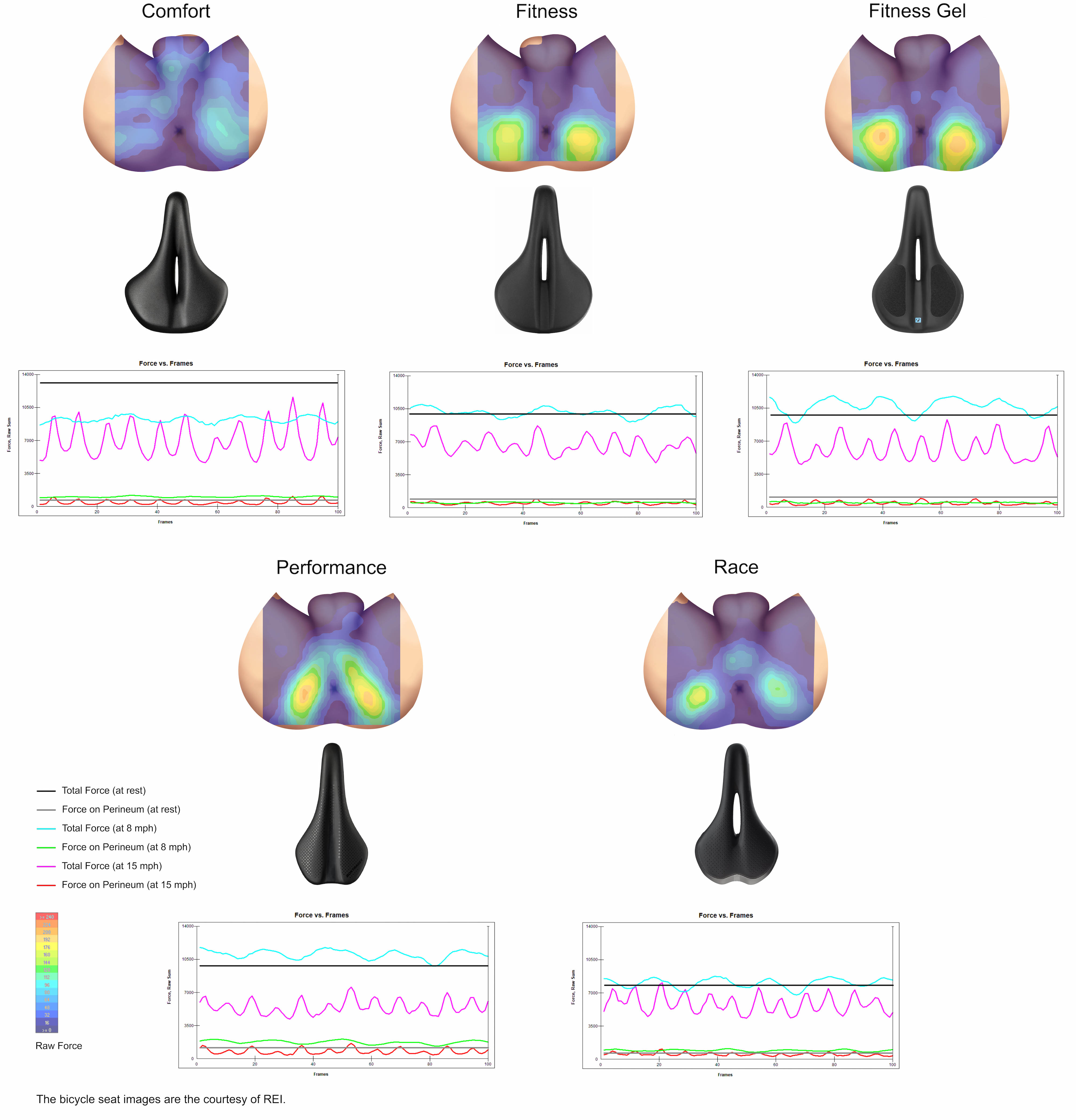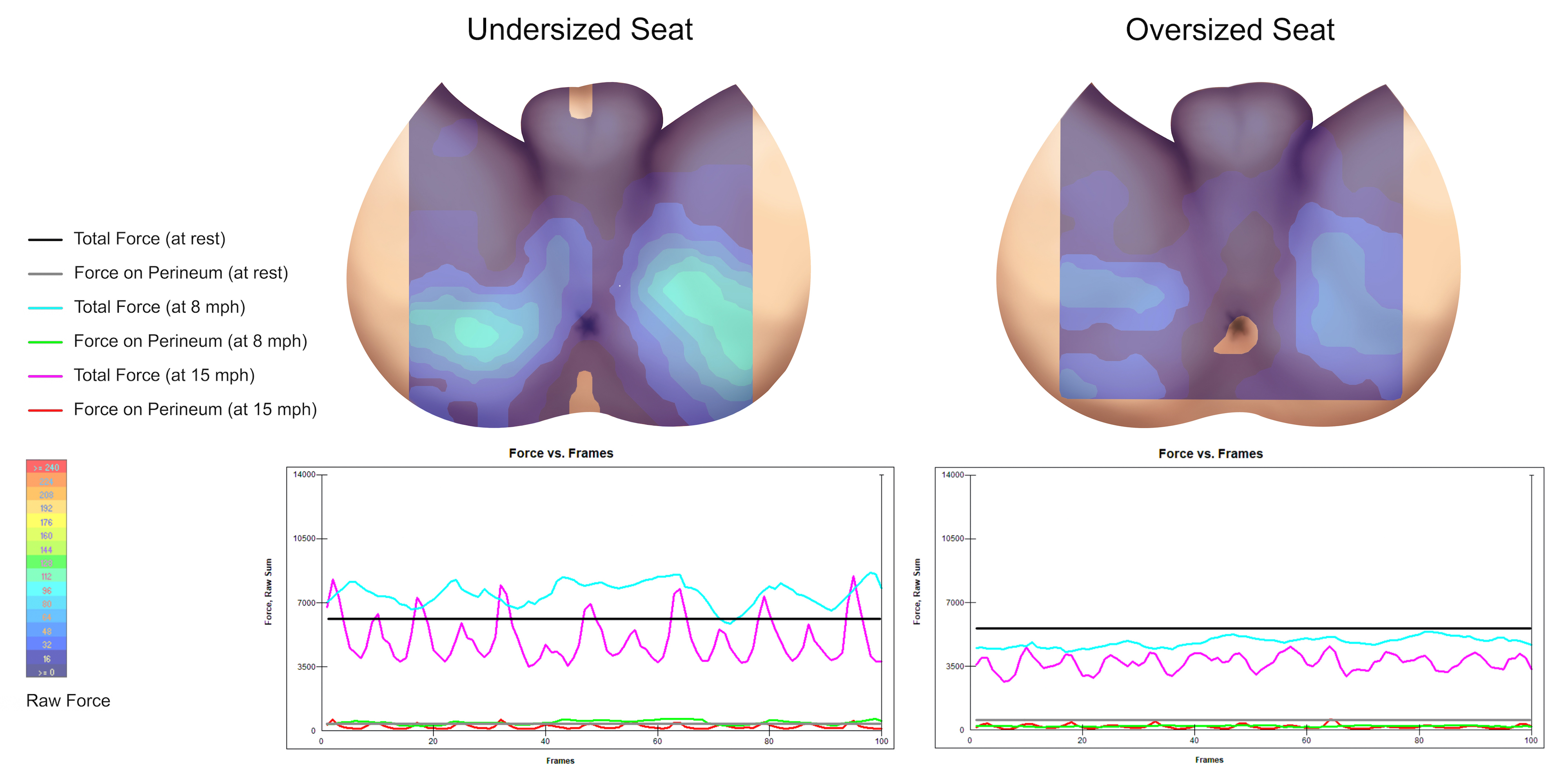Back
Poster, Podium & Video Sessions
Podium
PD29: Trauma/Reconstruction/Diversion: External Genitalia Reconstruction and Urotrauma (including transgender surgery) II
PD29-05: The Effect of Bike Seat Models on Perineal Pressure During Cycling: Implications for Patients After Urethral Surgery
Saturday, May 14, 2022
1:40 PM – 1:50 PM
Location: Room 244
Behnam Nabavizadeh*, San Francisco, CA, Gregory Amend, New York, NY, Anthony Enriquez, Nizar Hakam, Jason Lui, Kevin Li, Patrick Low, Behzad Abbasi, Nathan Shaw, Benjamin Breyer, San Francisco, CA

Behnam Nabavizadeh, MD (he/him/his)
Resident
Podium Presenter(s)
Introduction: The impact of perineal pressure and microtrauma amongst avid cyclists have been associated with sexual and urinary dysfunction, including urethral stricture disease. Following a period of perineal rest after urethral surgery, active cyclists seeking to return to this recreation search for guidance to reduce their risk for complications. Our objective was to determine which bicycle seat best shields the perineum and protects this sensitive area to recurrent trauma.
Methods: We tested five seats (Bontrager, Waterloo, WI) with varying levels of padding and morphology (comfort, fitness, fitness gel, performance, and race) for two different riders. We also tested undersized and oversized seats. The seats were installed on a Peloton® stationary exercise bike (New York City, NY). Force measurements were performed using a 9833E-50 Large F-Socket Sensor and its dedicated software (Tekscan, South Boston, MA). The bicycle was adjusted to ensure that the two cyclists had standardized torso and knee angles. We measured total and perineal forces in three conditions at the same resistance: a. at rest (not pedaling); b. at 8 mph; c. at 15 mph. We reviewed the heatmaps and used a standardized method to identify the perineal area using the ischial tuberosity landmarks.
Results: There was significant differences in terms of perineal force across bicycle seats (p < 0.001) with fitness gel seats having the lowest forces in both sizes (Fig. 1). In all measurements perineal forces were significantly lower at 15 mph compared to 8 mph (p < 0.001), except for the large size of performance seat (p=0.18). The oversized seat exerted less force on perineum compared to the undersized seat at both 8 mph (p < 0.001) and 15 mph (p < 0.001) speeds (Fig. 2).
Conclusions: Racing bicycle seats exert more force on the perineum. Larger seats absorb a greater total force and act to distribute the subject’s weight thereby delivering less force to the perineum. More perineal pressure is delivered at lower speeds and at rest due to the need for the cyclist to lift off the seat during times of strenuous activity.
Source of Funding: None.


Methods: We tested five seats (Bontrager, Waterloo, WI) with varying levels of padding and morphology (comfort, fitness, fitness gel, performance, and race) for two different riders. We also tested undersized and oversized seats. The seats were installed on a Peloton® stationary exercise bike (New York City, NY). Force measurements were performed using a 9833E-50 Large F-Socket Sensor and its dedicated software (Tekscan, South Boston, MA). The bicycle was adjusted to ensure that the two cyclists had standardized torso and knee angles. We measured total and perineal forces in three conditions at the same resistance: a. at rest (not pedaling); b. at 8 mph; c. at 15 mph. We reviewed the heatmaps and used a standardized method to identify the perineal area using the ischial tuberosity landmarks.
Results: There was significant differences in terms of perineal force across bicycle seats (p < 0.001) with fitness gel seats having the lowest forces in both sizes (Fig. 1). In all measurements perineal forces were significantly lower at 15 mph compared to 8 mph (p < 0.001), except for the large size of performance seat (p=0.18). The oversized seat exerted less force on perineum compared to the undersized seat at both 8 mph (p < 0.001) and 15 mph (p < 0.001) speeds (Fig. 2).
Conclusions: Racing bicycle seats exert more force on the perineum. Larger seats absorb a greater total force and act to distribute the subject’s weight thereby delivering less force to the perineum. More perineal pressure is delivered at lower speeds and at rest due to the need for the cyclist to lift off the seat during times of strenuous activity.
Source of Funding: None.



.jpg)
.jpg)